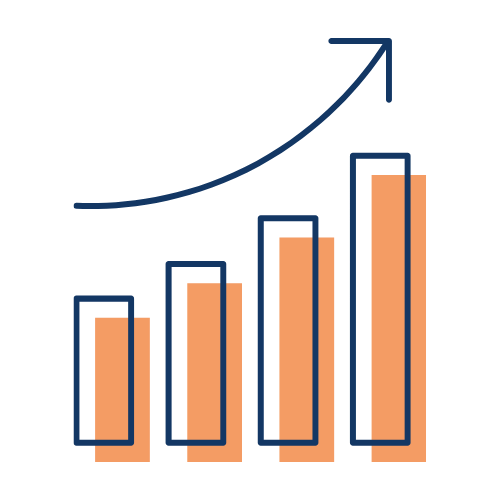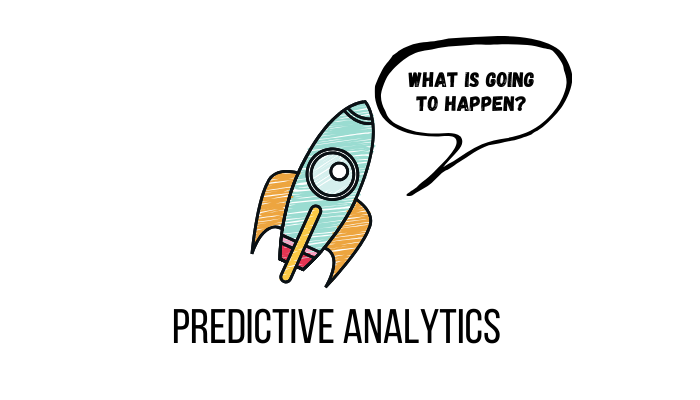4 Main Types of Statistical Analysis you should use today!
In data science, there are 4 main types of analytics that’s often encountered: descriptive, diagnostic, predictive and prescriptive. Some are simple to start up and others are more complicated.
I will go through what each type means and the different use cases in order to help you out in your next project.
Descriptive Analytics: What’s going on?
This section of analytics answers the question of what has happened? It is a field of statistics where information is collected and summarized to raw data. Descriptive analytics focuses on historical data and often provides context that is important for the business user.
An example of this would be business reports that simply provide a historic review of operations, sales, financials, customers, and stakeholders. Stakeholders can then make decisions based on these reports.
Descriptive analytics seeks answers about what happened, without performing the more complex analyses required in diagnostics and predictive models.
Diagnostic Analytics: Why is this happening?
Diagnostic Analysis is where historical data can be measured against other data to answer the question of why is this happening?
It is often characterized by methods such as drill-down, data mining, data correlations and data discovery. Diagnostic analytics takes a deeper look at data to attempt to understand the causes of events and behaviors.
A good example of this can be found in the medical industry. Diagnostic Analysis may help you determine that many patients’ symptoms—high temperature, wet cough, and tiredness—point to the same viral agent. You now have an explanation for the sudden spike in cases at the Emergency Room.
Predictive Analytics: What is likely to happen?
Predictive analytics is all about planning for the future. Whether it’s the chance of an event happening or forecasting a measurable amount or estimating a specific point in time at which something might happen – this can all be performed by predictive models.
Predictive analytics is very popular currently especially in data science. It utilises the results of descriptive and diagnostic analytics to find clusters as well as exceptions. From there analysts can predict future trends, which makes it a important tool for any business.
One of the best-known applications is credit scoring, which is used throughout financial services. Scoring models process a customer's credit history, loan application, customer data, etc., in order to rank-order individuals by their likelihood of making future credit payments on time.
Prescriptive Analytics: What do I need to do?
Prescriptive analytics concentrates on determining the best path of action in a given the available data. Often the available data is determined through descriptive, diagnostic and predictive analytics.
Prescriptive analytics gathers data for its algorithms and applies them to decision making process. This includes merging existing conditions and considering the consequences of each decision to determine the future impact of these decisions. It can also quantify the outcome of a decision based on different and all probably solutions.
Insurance companies may use prescriptive analytics in their risk assessment processes to provide premium information and customized pricing for clients.
The 4 types of analytics are important in any business process. As a data analyst, you need to determine the right mix of data analytics for your business.








